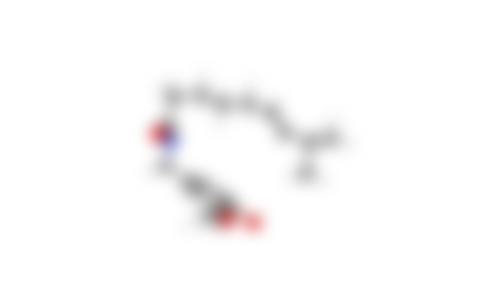I just remembered this recently but this story dates back to when I was still doing my internship under the local Food and Drug Administration.
It’s a fact that additives are added to food. They come in varying forms, either as food colorants, seasonings, spices, herbs, etc. But why are they added?
Based on a few operational books used in food testing laboratories, food additives are there to maintain or improve food quality (in safety, freshness, taste, texture, or appearance). Mostly, these additives are the ones we test in the labs, besides contaminants.
But back in my orientation there was one particular question that stood out to me: “Why is there hot and spicy canned fish but no hot and spicy preserved meats?” and if you think about it… it’s actually true. The closest thing I’ve seen as hot and spicy is the spiced ham then that’s it.
So why are only fish and seafood hot and spicy? Can’t meat be sold like that? Well yeah, it can but the main point of the story was to avoid wasting perfectly fine fish/seafood.
Who in the right mind would want to waste fish right? Well, it was a case a few decades back, before the hot and spicy canned or preserved variations came out. They used to throw away batches and batches of fishes for one sole reason: because of how high the histamine content in those fishes are. It’s either the storage was bad or the fishes got contaminated with a fish that was already decaying when they were caught. A high level of histamine also indicates that the fishes are close to spoilage and that was usually the case in some fish canning industries.

It should be common knowledge now that seafood can be high in histamine, thus why so many people have seafood allergies or histamine intolerance. (It's not just seafood though, other products too but I'm focusing on fish. And don’t blame the fish for the histamine tho, blame the fishermen and the suppliers for not having good storage to stop bacteria from producing histamine). For manufacturers, throwing away batches of fish means huge losses. What some research teams tried to crack down on was how to neutralize the histamine or at least lower it so that the company could lower the losses.
Cooking the fish does indeed lower histamine but then it can’t really meet the standard level where there would be no bodily reaction to the consumer, thus why additives were used.
There are tons of different additives that could be used for neutralizing histamine and the list follows Amaranth seeds, anise, basil, berberine, Carraway, Chamomile, Chilis, cinnamon, clove, curry powder, echinacea, oregano, fennel, fig, ginger, ginkgo, grapefruit, nutmeg, passionflower, tarragon, turmeric, skullcap, thyme, yarrow, papaya, reishi mushroom, and stinging nettle (yes, the list is so long;;-;;). But the usage of these additives depends on market tastes and of the abundance of the ingredient, thus why researchers for this particular problem probably ruled out a lot of them and stuck to the most common kitchen items which are chili, ginger, and a few herbs.
Although citrus fruits were an option in neutralizing histamine, I do think they based the hot and spicy flavor on what the consumers would enjoy more. (But there was a Spanish-style kind of preservation that made use of ginger and herbs and that worked fairly well too). I wanted to highlight the mechanism on why chili but I forgot this is deep-level mode of action but the best explanation I can give is that chili has a compound called capsaicin. Capsaicin is the compound that gives chilis its natural spiciness. And although there’s a lack of trials where capsaicin is used as an antihistamine, it’s still one of the most popular food additives used when it comes to fish.

I hope this article has been as amusing to you as it was to me when I first heard the story from my supervisor UwU
Source:
https://www.fsai.ie/faq/histamine_fish.html
https://www.ncbi.nlm.nih.gov/pmc/articles/PMC5705351/


Tilapia bayung nasa photo, zell? hehe. Yun pala ginagawa nila.